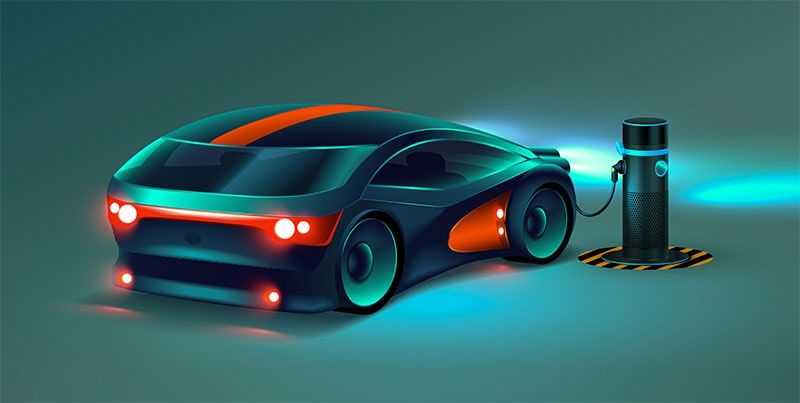How Ants Hold the Secret to Ending Traffic Jams Forever!
Exploring how ant colony behaviors can revolutionize traffic systems, enhance safety, and reduce urban congestion.


In the intricate world of ants, a hidden blueprint exists that could revolutionise our understanding of traffic management.
These tiny insects, renowned for their organised colonies, exhibit traffic flow strategies that might hold the key to alleviating human traffic congestion. Imagine harnessing the knowledge of these miniature architects to create solutions that could ease our city streets!
Ants: Masters of Traffic Efficiency
Ants navigate complex networks between their nests and food sources with remarkable efficiency. Even under crowded conditions, they maintain steady traffic flow without the stop-and-go patterns common in human traffic. Research has shown that ants adjust their speed based on traffic density, avoid collisions, and refrain from entering overcrowded trails, ensuring smooth movement even when trail occupancy reaches 80%.
The Science Behind Ant Traffic Management
The secret to ants' efficient traffic lies in simple, self-organising rules. They communicate through direct contact or chemical signals, known as pheromones, leading to cooperative behaviour that prevents congestion. Unlike human traffic systems, which often rely on external controls like traffic lights, ants rely on decentralised decision-making, allowing them to adapt swiftly to changing conditions.
Bio-Inspired Algorithms: Translating Ant Behavior to Traffic Systems
Scientists have been inspired by ant behaviour to develop bio-inspired algorithms aimed at optimising traffic flow. One such approach is Ant Colony Optimisation (ACO), a technique that mimics how ants find the shortest paths to food sources. In traffic management, ACO can be applied to determine optimal routing and signal timing, reducing congestion and improving overall flow.
Connected and Automated Vehicles (CAVs): Emulating Ant Communication
The future of traffic management may involve Connected and Automated Vehicles (CAVs) that emulate ant communication. Just as ants use pheromones to relay information, CAVs could utilise advanced communication technologies to interact with each other and with road infrastructure.
This interconnectedness would allow vehicles to form coordinated platoons, moving at high speeds with close spacing across multiple lanes, thereby enhancing traffic efficiency and safety.
Practical Applications
Implementing ant-inspired traffic systems involves several practical applications:
- Dynamic Traffic Signal Control: Traffic lights could adapt in real time to traffic conditions, similar to how ants adjust their paths based on trail density.
- Adaptive Routing: Navigation systems could provide routes that adapt dynamically to current traffic, akin to ants finding the most efficient paths to resources.
- Incident Management: In the event of accidents or road closures, traffic systems could quickly reconfigure flow patterns, much like ants redirecting their foraging trails when obstacles arise.
Potential Challenges
However, challenges remain in translating ant behaviour to human traffic systems:
- Human Behavior: Unlike ants, human drivers may not always act predictably or cooperatively, complicating the implementation of bio-inspired traffic solutions.
- Technological Integration: Developing the infrastructure for CAVs and ensuring seamless communication between vehicles and traffic management systems require significant investment and technological advancement.
Learning from Nature to Improve Urban Mobility
Ants, through their simple yet effective traffic management strategies, offer valuable insights into alleviating human traffic congestion. By studying and emulating these natural systems, we can develop innovative, efficient, and adaptive traffic solutions that enhance urban mobility and reduce the frustrations of daily commutes. As research progresses and technology advances, the dream of traffic systems inspired by the humble ant moves closer to reality.


![How to Find Low-Competition Keywords with Semrush [Super Easy]](https://static.semrush.com/blog/uploads/media/73/62/7362f16fb9e460b6d58ccc09b4a048b6/how-to-find-low-competition-keywords-sm.png)

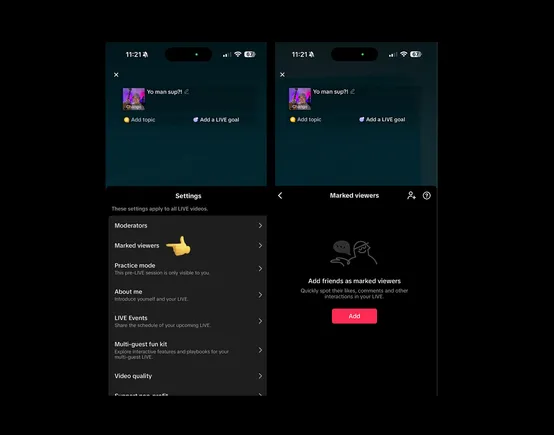

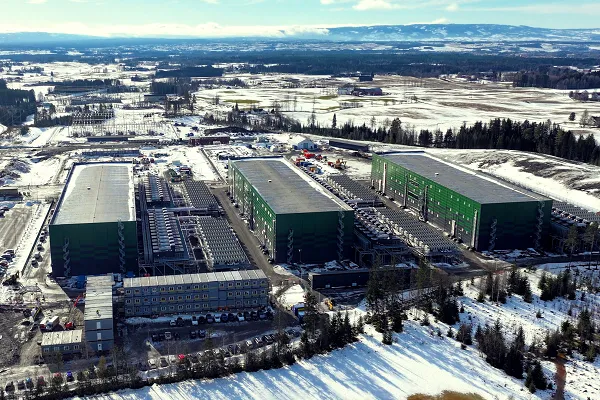


























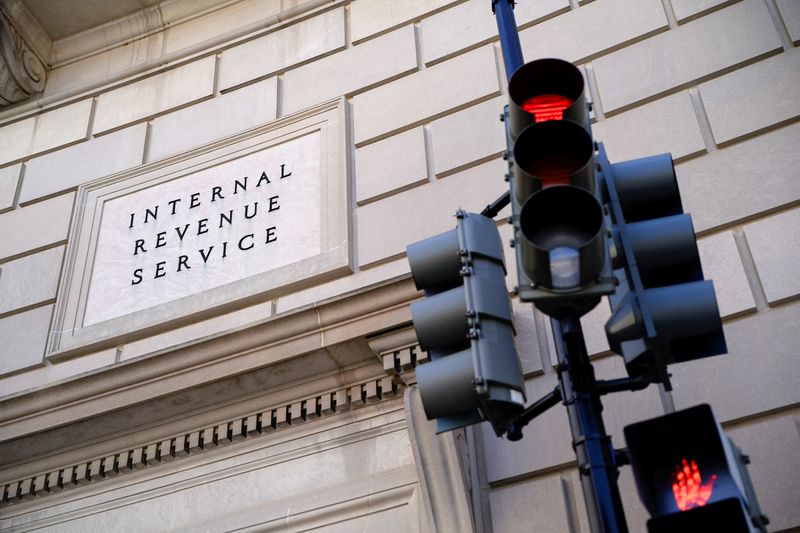










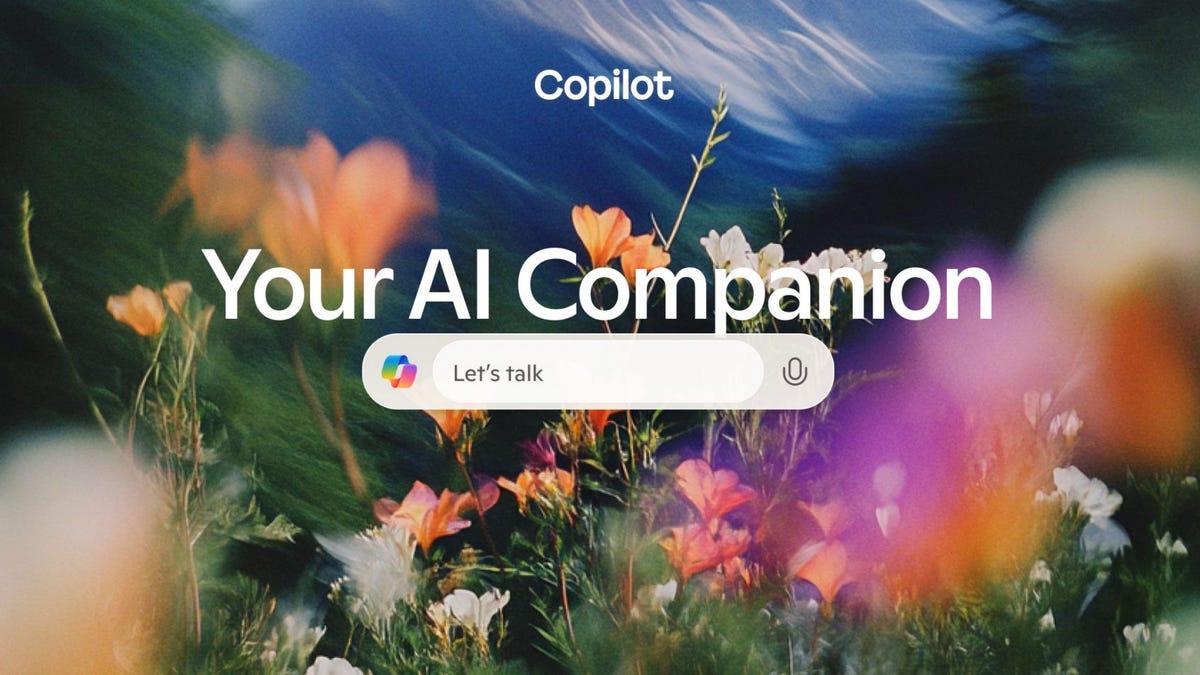
































































































































.jpg)
%20Abstract%20Background%20112024%20SOURCE%20Amazon.jpg)












